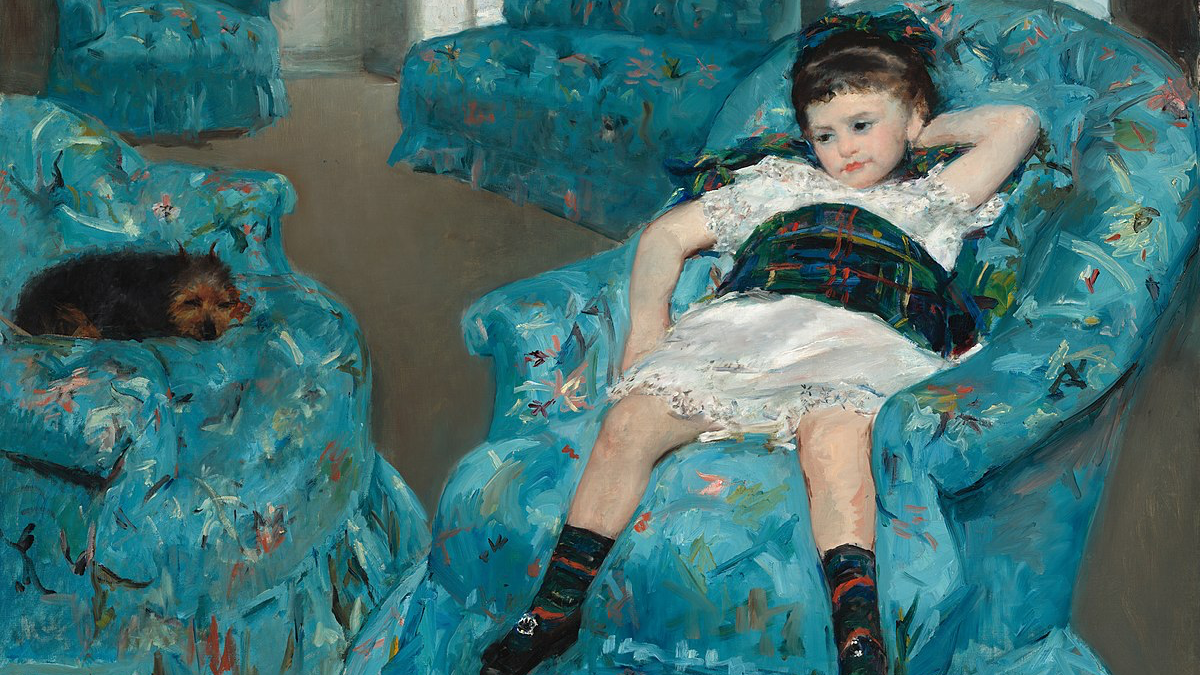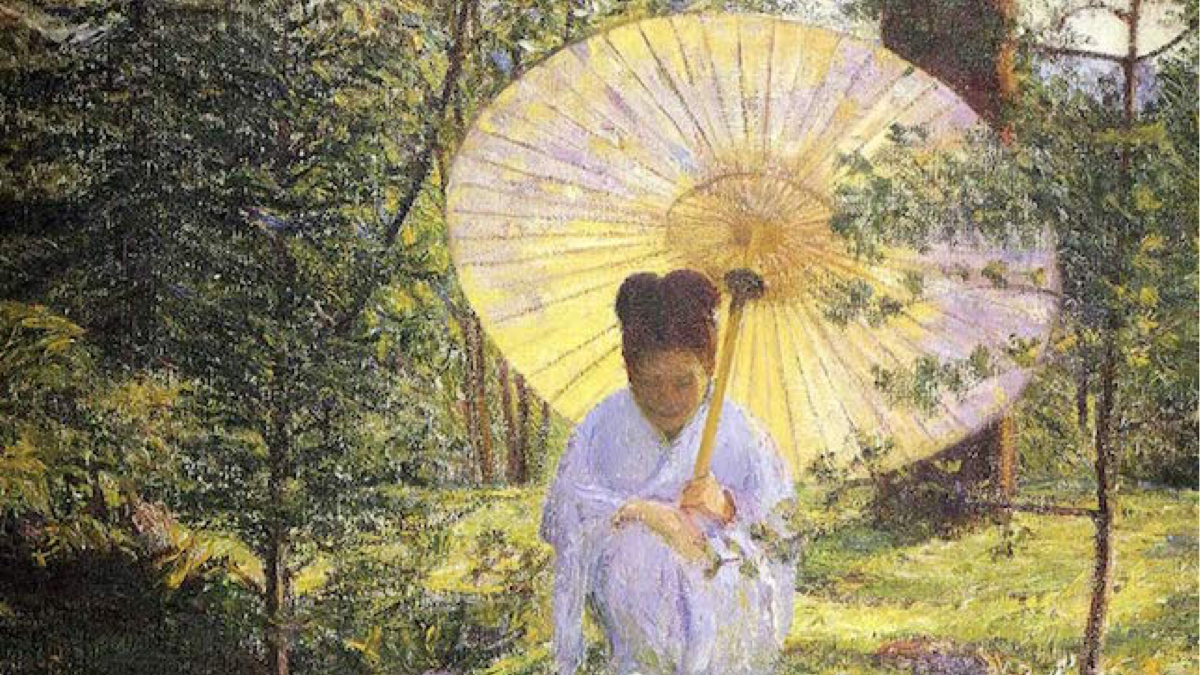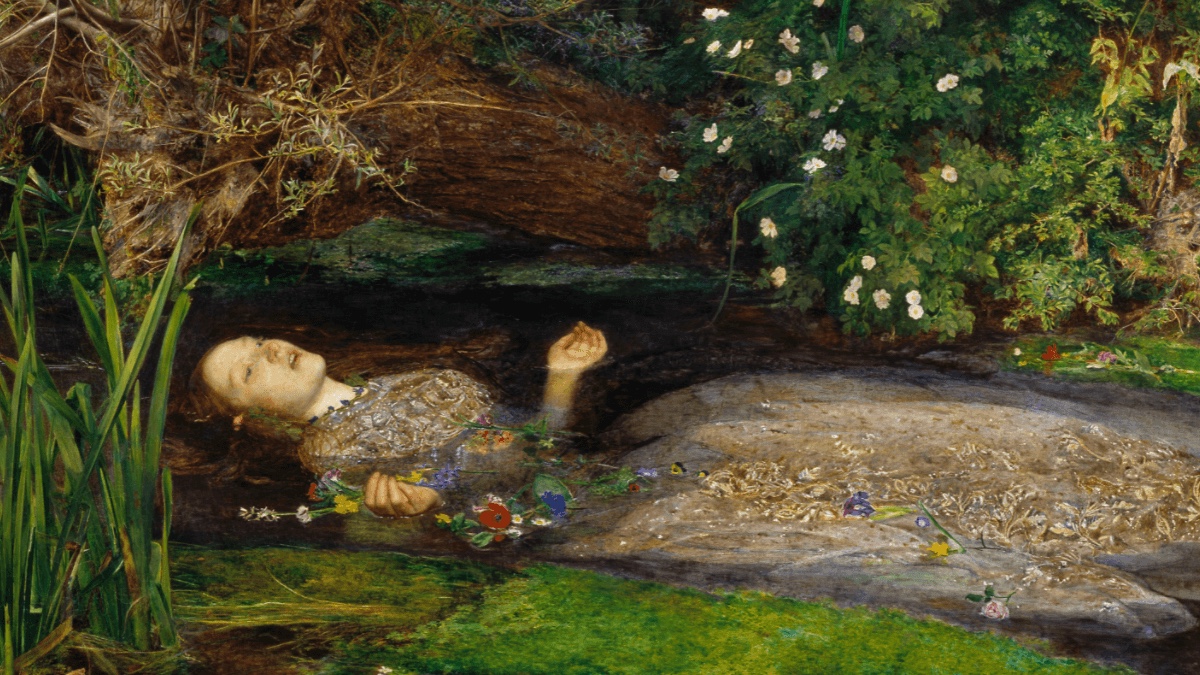
Understanding Impressionism
From the 20th February 2019 to the 17th June 2019, the Fondation Louis Vuitton in Paris will present more than 110 Impressionist works by some of the most famous Impressionist artists. The exhibition, “The Courtauld Collection, A Vision for Impressionism”, will celebrate this revolutionary period with paintings from the late 19th to early 20th century. The movement is identifiable by three key concepts: painting outside, a modernised portrayal of colour and light and a fresh approach to presenting subject matter. Artsper invites you to discover more about a movement that continues to attract astronomical interest today.

Painting “en plein air”
In 1874, a group of artists called the ‘Anonymous Society of Painters, Sculptors and Printmakers’ arranged a revolutionary exhibition in Paris that started the Impressionist movement. This group, made up of Claude Monet, Edgar Degas and Camille Pissaro, saw the benefit of doing painting in nature, as it allowed them to observe the changing light and weather patterns in their works. Outdoor painting became increasingly possible with the rise of oil paints available in tubes, so artists were able to leave their studios and set up their materials where it suited them. As a result, they depicted moments of change as they happened; the sun rising, faces smiling or smoke billowing from trains, capturing the transient and momentary through their paint brushes.
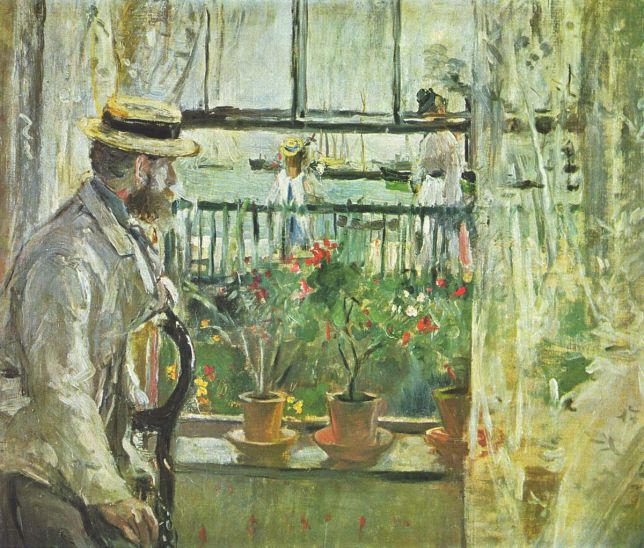
Oscar Claude Monet was the pioneer of the Impressionist movement, and initiated the philosophy of interpreting an image as you see it. The term, “impressionism” was adopted from his piece Impression, Sunrise, when it was exhibited in an independent exhibition organised by the Anonymous Society in 1874.
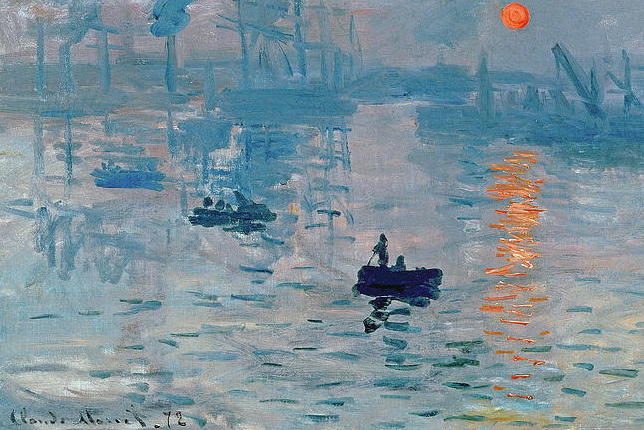
Manet was a central influence in the change from Realism to Impressionism. His paintings ignored traditional conventions of Romanticism and abandoned the idea of capturing an idealised moment in time, depicting instead a more literal and authentic experience.

Use of Colour and Representation of Light
Impressionists found that colours used by early 19th century Romantic painters were too dark, and instead sought to incorporate purer and brighter tones of colour in their works. These colours were often unblended, and having colours in their purest form allowed the artists to better depict the ephemeral nature of light. Impressionism also saw the portrayal of shadows completely change: instead of traditional methods of illustrating them with black and grey tones, the Impressionists rendered them in colour. The race to capture fleeting moments of light and shadow on their subject, meant the final versions of paintings were completed with much looser brushwork. Additionally, viewing their subjects from a distance allowed a more intuitive study of nature; colours mixed in front of them in the varying tones of light, proposing new colour combinations and harmonies.

This wasn’t always the case for Degas’ works however, whose pronounced dark lines trace the arms and heads of his subjects. This creates a slightly sharper effect, alluding to the intensity of the stagelight on the dancers. The practice of painting in front of his subject led to Degas’ increased understanding of light, where his use of contrasting colours and more precise brushwork gives a true indication of the vivid lighting in the scene.

The Development in Subject Matter
The impressionists celebrated the impending industrialisation of Paris in the late 19th century, by incorporating modern themes in their paintings. For example, Pissarro frequently painted the renovation of Paris, showing the widening of roads and enlarging of buildings. Artists also interpreted the Parisians themselves in their works- especially citizens in public enjoying hobbies and pastimes. The number of inhabitants in Paris soared, meaning social classes integrated more and more during public activities such as dance, bathing, boating and singing. Even natural landscapes in painting evolved. Monet added a modernized approach to his lake paintings, for example, by including factories, trains and railways in his paintings.

Originally used as an insult for looking “unfinished” by Louis Leroy, Impressionism changed the way artists painted and the way people looked at art. While the movement might have certainly embraced brief moments, its impact on art history was the opposite; as it continues to inspire and embrace a more modernised approach to painting even today.


About Artsper
Founded in 2013, Artsper is an online marketplace for contemporary art. Partnering with 1,800 professional art galleries around the world, it makes discovering and acquiring art accessible to all.
Learn more











